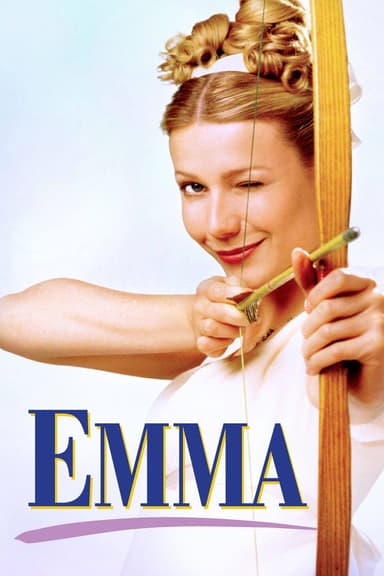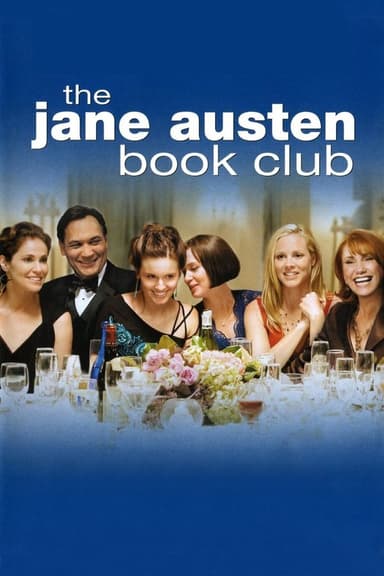
From Prada to Nada
2011 • Comedy, Drama, Romance • PG-13
Two spoiled Beverly Hills sisters who have been left penniless after their father's sudden death are forced to move in with their estranged aunt in East Los Angeles.
Runtime: 1h 47m
Why you should read the novel
Jane Austen's Sense and Sensibility remains a timeless classic that delves deeply into the emotional journeys of its heroines, Elinor and Marianne Dashwood. The novel expertly explores the interplay between societal expectations and individual desires in Regency England, highlighting the importance of integrity, self-discovery, and growth. With its sophisticated wit and keen observations, Austen's narrative provides layers of insight into family, fortune, and romantic ideals.
Reading the original novel allows you to grasp the nuanced character development and intricate social dynamics that adaptations often streamline or simplify for cinematic brevity. Sense and Sensibility invites you to experience the era’s customs, dialogue, and subtle dramas through Austen's masterful prose, offering a richer perspective than a modern translation can fully convey. Discover the timeless relevance of Austen’s world: her focus on manners, morality, and love strikes a chord even today, reminding readers how little has changed about the heart’s true desires.
If you’ve only seen From Prada to Nada or similar adaptations, you owe it to yourself to immerse in the source material. The book offers detailed humor, poignant moments, and lasting emotional resonance—an experience both rewarding and entirely unique from its contemporary interpretations.
Adaptation differences
From Prada to Nada departs significantly from Sense and Sensibility's original English countryside setting, transplanting the story to contemporary Los Angeles’ Latino community. The film’s protagonists, Nora and Mary Dominguez, loosely parallel Elinor and Marianne Dashwood, but their ambitions, backgrounds, and relationships are dynamically reimagined to fit American and Mexican-American cultural identities.
While Austen’s novel is steeped in the customs and restrictions of 19th-century British society, focusing on inheritance laws and the subtle interplay between decorum and emotion, the movie chooses to explore issues like bicultural identity, materialism, and adapting to new socioeconomic realities. Consequently, many subtle themes present in the book, such as class snobbery or the rigid limitations of the era’s gender roles, are expressed differently or replaced by modern equivalents.
Characterizations are another area where significant differences arise. In Austen's book, the Dashwood sisters are defined by their distinct temperaments—Elinor’s propriety and Marianne’s romantic impulsiveness. The movie reinterprets these traits through new plotlines, such as the sisters’ adjustment to East L.A. life and their evolving understanding of familial duty and love. Many supporting characters are either omitted, consolidated, or heavily modified, which changes the dynamics of key relationships.
Lastly, the resolution and romantic arcs in the film often stray from the novel’s more gradual and introspective development, relying instead on familiar romantic comedy conventions. In doing so, From Prada to Nada emphasizes culture-clash humor and upbeat sentiment, whereas Austen’s original deals in irony and emotional realism, offering a more tempered and reflective take on love, loss, and maturity.
From Prada to Nada inspired from
Sense and Sensibility
by Jane Austen


















